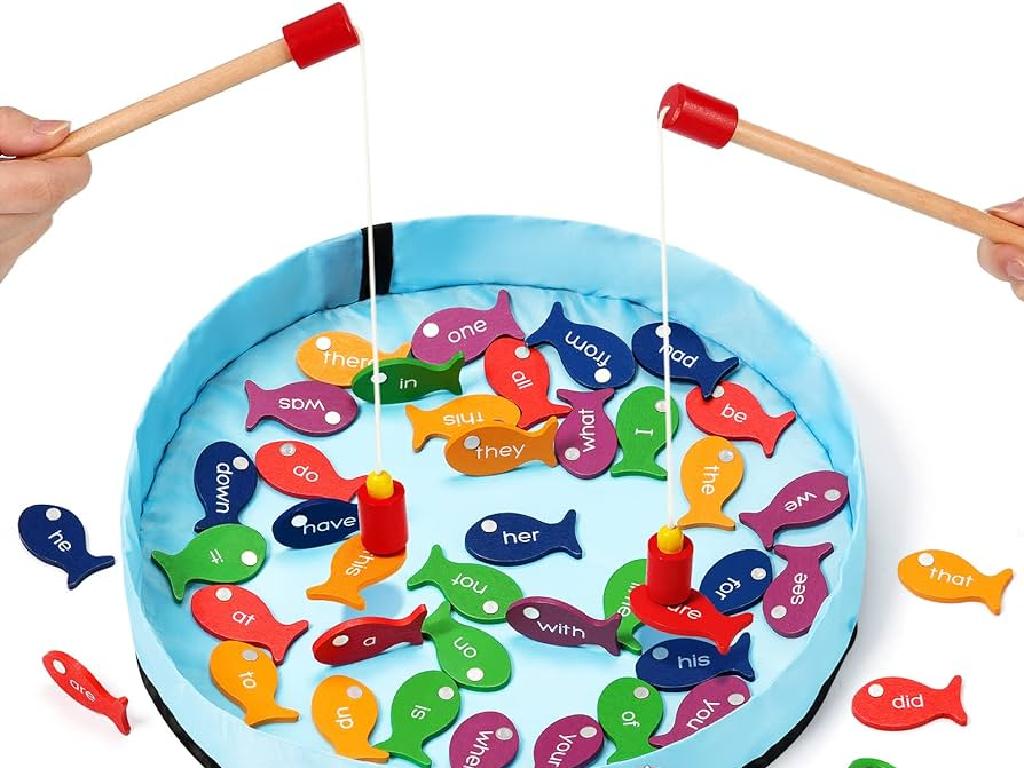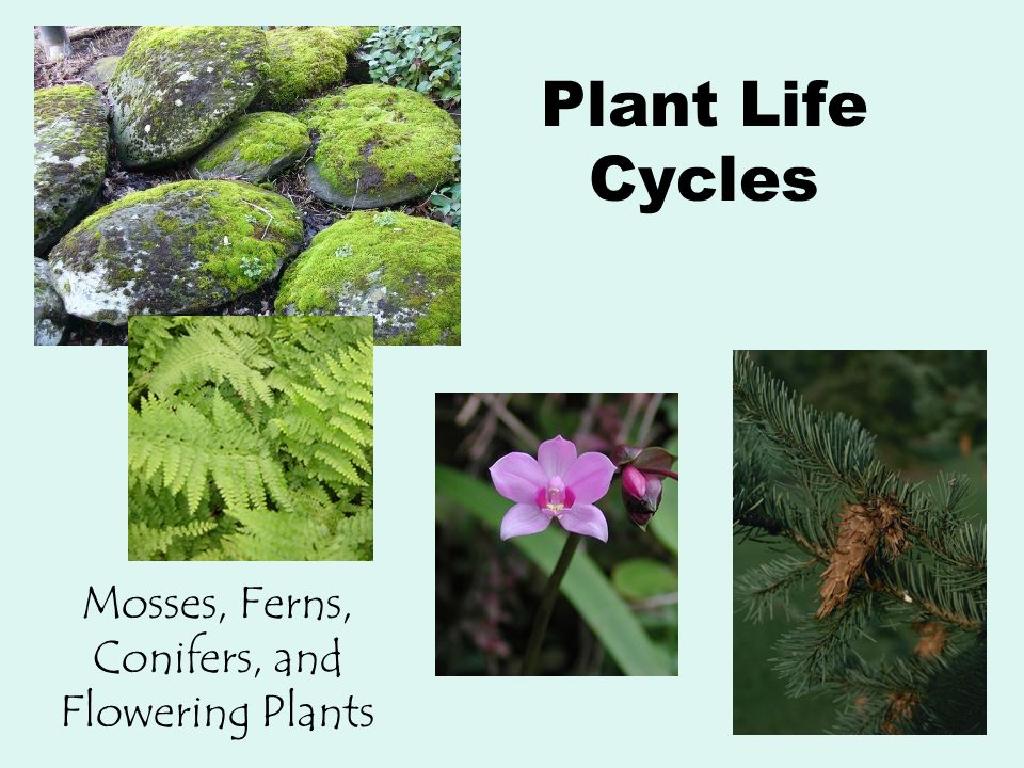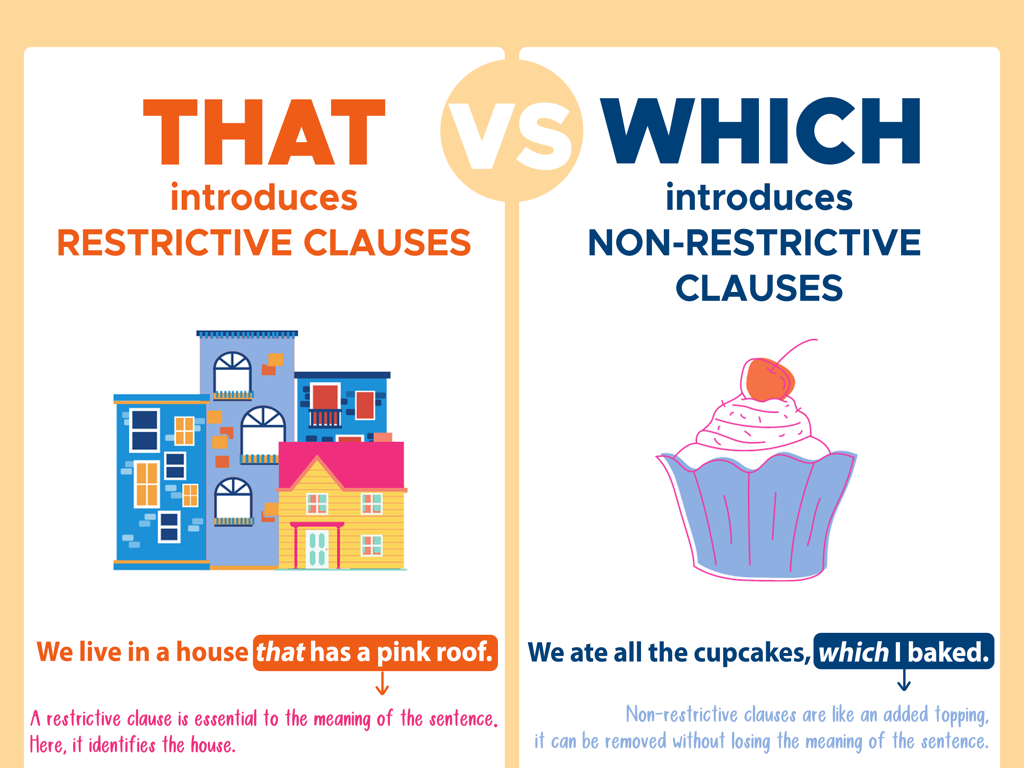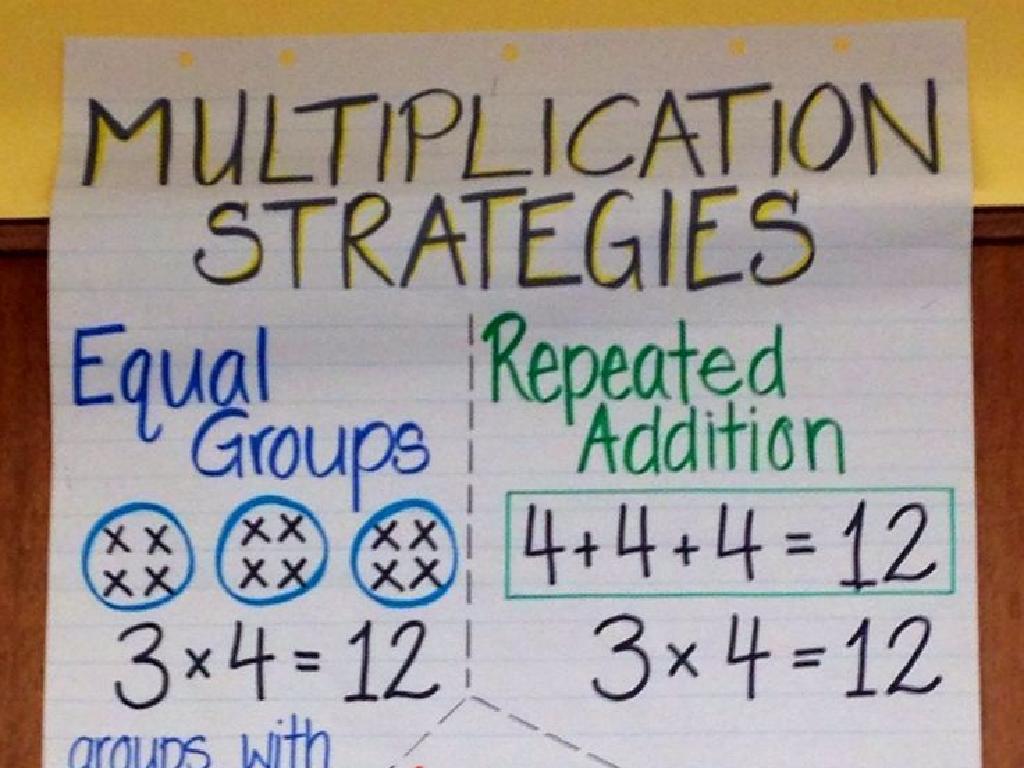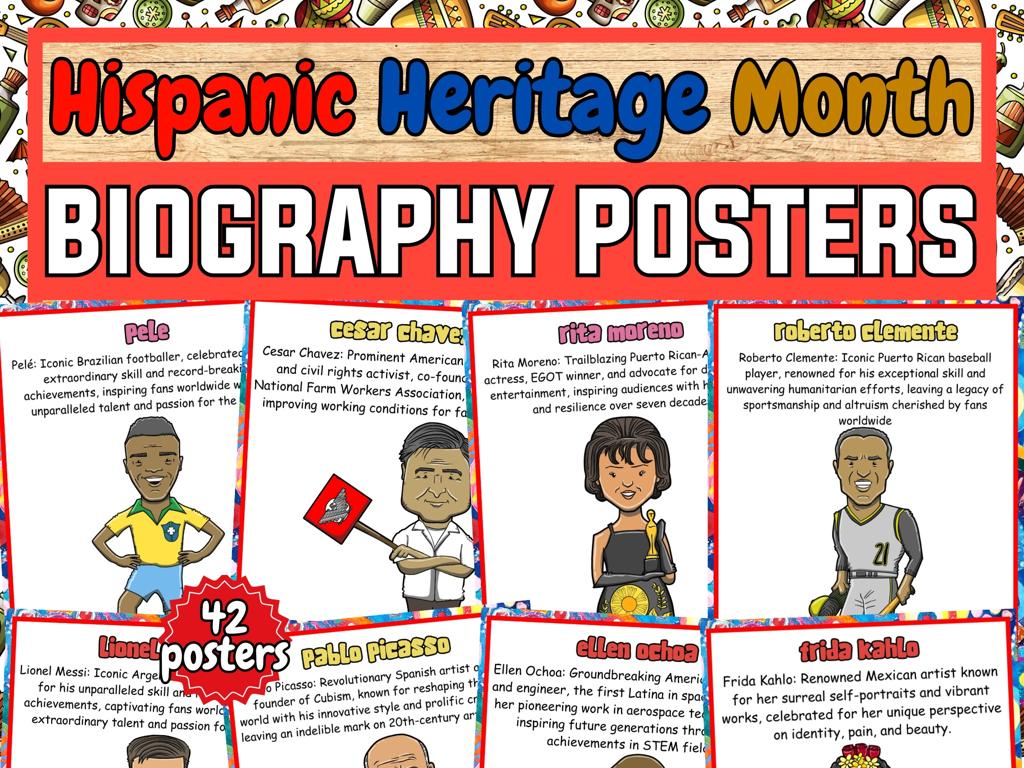Classify Fruits And Vegetables As Plant Parts
Subject: Science
Grade: Third grade
Topic: Plants
Please LOG IN to download the presentation. Access is available to registered users only.
View More Content
Exploring Plant Parts We Eat
– Plants as a source of food
– Different parts of plants we eat
– Roots, stems, leaves, fruits, and seeds
– Fruits and vegetables are plant parts
– Fruits have seeds inside; vegetables are other parts
– Naming fruits and vegetables
– Think of examples like carrots, spinach, apples, and tomatoes
|
This slide introduces the concept that many of the foods we eat come from different parts of plants. Begin by discussing how plants are a vital source of nutrition. Explain that we eat various parts of plants such as roots (like carrots), stems (like celery), leaves (like lettuce), fruits (like apples), and seeds (like peas). Clarify the difference between fruits and vegetables: fruits contain seeds, while vegetables are the other parts of the plant. Engage the class by asking them to name fruits and vegetables they have eaten recently. This will help them connect the concept to their daily lives and prepare them for more detailed discussions on plant parts.
What Are Plants?
– Plants are living organisms
– Plants’ needs: soil, water, air, sunlight
– Just like us, plants need certain things to grow
– Plants provide oxygen
– They make oxygen through photosynthesis
– Plants as a source of food
– Many plants we eat, like fruits and veggies
|
This slide introduces the basic concept of plants to third-grade students. Begin by explaining that plants are living things that grow in the ground. Emphasize the four essential elements plants need to survive: soil, water, air, and sunlight, and explain why each is important. Discuss photosynthesis briefly, highlighting that plants give us the oxygen we breathe. Lastly, touch on the fact that plants are a crucial food source for humans and animals, setting the stage for discussing how fruits and vegetables are parts of plants. Use simple language and encourage students to think of examples of plants they know and how they meet these needs.
Plant Parts and Their Roles
– Roots: Water and nutrient absorption
– Roots act like straws drinking water and minerals from soil
– Stem: Support and transport
– Stems are like elevators moving water and food around the plant
– Leaves: Food production
– Leaves are the plant’s kitchen, using sunlight to cook food
– Flowers to Fruits: Seed containers
– Flowers become fruits; fruits protect and nourish seeds
|
This slide introduces the basic parts of a plant and their functions, tailored for a third-grade science class. Discuss how roots work like straws to absorb water and nutrients, which are essential for a plant’s growth. Explain that the stem acts as a support system and also transports these essentials throughout the plant. Illustrate how leaves use sunlight to make food for the plant through a process called photosynthesis. Finally, describe how flowers, through pollination, can develop into fruits, which contain seeds for new plants. Use simple analogies and encourage students to think of examples of each plant part they see in fruits and vegetables, such as carrots as roots and celery as stems.
Fruits vs. Vegetables: Exploring Plant Parts
– Fruits often contain seeds
– They can be sweet like apples or sour like lemons
– Vegetables are diverse plant parts
– Such as roots (carrots), stems (celery), or leaves (spinach)
– Examples of fruits and vegetables
– Think of a fruit and a vegetable you’ve eaten recently
– Class activity: Identify and classify
|
This slide introduces the concept of classifying fruits and vegetables based on the parts of the plant they come from. Fruits are typically the part of the plant that contains seeds and have a sweet or sour taste, while vegetables can be any other edible part of the plant, such as roots, stems, or leaves. Encourage the students to think of examples of each and be ready to discuss them in class. For the activity, have students bring in pictures or actual fruits and vegetables and classify them as fruits or vegetables, discussing their characteristics and what part of the plant they are. This will help reinforce their understanding of the differences between fruits and vegetables.
Classifying Fruits as Plant Parts
– Fruits: Seed containers of plants
– Fruits develop from the flower of a plant and contain seeds
– Examples: Apples, tomatoes, cucumbers
– Tomatoes and cucumbers are often eaten as vegetables, but they are botanically fruits because they have seeds inside!
– Classify common fruits activity
– We’ll group fruits based on characteristics like seed number, size, and type
|
This slide introduces the concept that fruits are the parts of plants that contain seeds, often developing from the flower. Use examples like apples, tomatoes, and cucumbers to illustrate that not all fruits are sweet and some are commonly mistaken for vegetables. Engage the class with an activity to classify common fruits, which will help them understand the characteristics that define fruits in botany. Encourage students to think about the fruits they eat and how they might be classified. Provide guidance on how to observe the fruits, such as looking at size, shape, and the number of seeds, to determine their classification.
Classifying Vegetables as Plant Parts
– Vegetables are plant parts
– Roots, stems, leaves are all edible parts
– Carrots are roots
– Carrots grow underground as roots
– Celery is a stem
– Celery stalks are the stem of the plant
– Spinach is a leaf
– Spinach leaves are the leafy part we eat
|
This slide is aimed at helping third-grade students understand that vegetables are various parts of plants that we can eat. Begin by explaining that just like plants have different parts, vegetables are these parts that we can classify based on where they grow and what function they serve in the plant’s life. Use the examples provided to illustrate the concept: carrots as roots, celery as stems, and spinach as leaves. Encourage the students to think of other vegetables and try to classify them as roots, stems, or leaves. This activity will help them understand the relationship between the structure of plants and the vegetables we consume. It’s a great opportunity to discuss the importance of each part and how they contribute to the plant’s overall growth.
Activity Time: Plant Part Picnic
– Choose favorite fruits & veggies
– Classify them as plant parts
– Are they roots, stems, leaves, flowers, fruits, or seeds?
– Explain your classification
– Use clues like shape & where it grows
– Enjoy our pretend picnic!
|
This activity is designed to help students apply their knowledge of plant parts in a fun and interactive way. Have the students pretend to bring their favorite fruits and vegetables to a picnic. They will then classify each item by determining whether it is a root, stem, leaf, flower, fruit, or seed, and explain their reasoning. This will reinforce their understanding of plant biology and the role of different plant parts. For example, a carrot is a root because it grows underground, while an apple is a fruit because it contains seeds. Provide guidance and encourage students to discuss their choices with classmates. Possible variations of the activity could include drawing their chosen plant parts, matching real fruits and vegetables to their plant part categories, or even bringing in actual produce for a hands-on experience.
Review: Fruits & Vegetables as Plant Parts
– Recap on fruits and vegetables
– Importance of eating plant parts
– They provide essential nutrients and vary in types like roots, stems, leaves.
– Identifying plant parts in food
– A potato is an example of a tuber, which is a type of stem.
– Engage with a question
|
This slide aims to consolidate the day’s learning by reviewing the classification of fruits and vegetables as parts of plants. Encourage the students to reflect on what they’ve learned about the different parts of plants that we eat. Discuss the nutritional importance of consuming a variety of plant parts, such as roots, stems, leaves, fruits, and seeds. Engage the class by asking them to identify the plant part of common foods, like a potato. This interactive approach helps reinforce their understanding and allows you to assess their grasp of the topic. Be prepared to provide hints or guide the discussion if students are unsure.
Plant Part Sorting Game
– Let’s play a sorting game!
– You’ll receive cards with plant parts
– Each card has a picture of a fruit or vegetable
– Sort them into fruits or vegetables
– Use what you’ve learned to classify each card
– Have fun learning plant parts!
|
This class activity is designed to help students understand the difference between fruits and vegetables by classifying them based on their plant parts. Provide each student or group with a set of picture cards depicting various fruits and vegetables. Students will then sort these cards into two categories: fruits or vegetables. Fruits are typically the part of the plant that contains seeds, while vegetables can be roots, stems, or leaves. This hands-on activity will reinforce their learning and provide a fun way to assess their understanding. Possible variations of the activity could include sorting by other plant parts such as roots, stems, leaves, flowers, or seeds, or even having a relay race where students run to place cards in the correct category.

